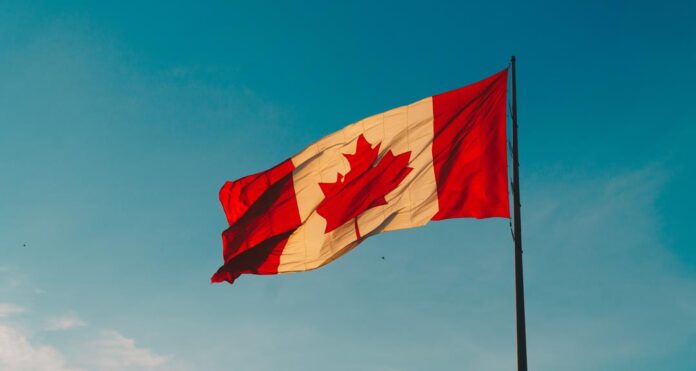While the agreement has yet to be finalized, Canada’s federal government has reached a settlement in a decade-long class-action lawsuit over the legacy of cultural genocide by means of institutionalized residential schooling. The Crown will pony-up $2.8 billion in reparations to be managed and distributed by an Indigenous board of directors, independent of the Feds.
It’s hard to argue that Canada’s First Nations, Inuit, and Métis shouldn’t decide how these funds will be distributed (and I’ll not make that argument here), but history demonstrates that true reconciliation cannot be bought outright with a government cheque.
This isn’t the first time that we’ve had to answer for our collective sins. The legacy of Japanese Canadian and Japanese American (Nikkei) internment in WWII was a long-festering wound for the two countries and their Nikkei populations. While both Canada and the U.S. would eventually offer apologies and reparations, redress was carried out differently and resulted in very different outcomes.
Both countries set up institutions in the late 1980s to oversee the diffusion of aid and support. The Japanese Canadian Redress Foundation (JCRF) and Civil Liberties Public Education Fund (CLPEF) each made individual payments to those who were directly affected by the policy of internment, but Canada was much more hands-off when it came to allocating funding for larger community efforts. The JCRF focused on the immediate needs of the community: housing for seniors, cultural centers, educational training, museums, and memorials to name a few.
Conversely, America’s CLPEF only had a fraction of their budget assigned to financing wider efforts, and had to get creative in its application. There, reconciliation took on a grassroots feel as the CLPEF funded numerous public grant requests from across America — 103 in all. Because they couldn’t spend their way out of the doghouse, America’s government took a more active role in reshaping public memory, educating the public, and ensuring that the history of WWII wasn’t lost. America had failed to live up to its own principles, and admitted so publicly. In contrast, Canada’s approach gave more agency to the wronged parties, but arguably had a lower overall impact.
Alexandra Wood writes in American Review of Canadian Studies (2014) that by not dictating how redress funds would be used, Canada may have been acting within its multicultural principles, but it also served to divest itself from wider efforts at reconciliation. Wood writes, “Canada’s rights framework thus created conditions whereby WWII internment remained a Japanese Canadian issue, rather than a Canadian one, offering little opportunity for rebuilding civic trust between the wronged group and the wider society.” Many Nikkei in Canada remain wary of celebrating their Japanese heritage; Nikkei in America however, have a renewed sense of civic pride as a result of the federal government’s commitment to educating the public to its past wrongs.
Providing redress for the cultural genocide of residential schooling is an important step in atoning for our past. It will provide much needed capital to rebuild and strengthen communities, spread awareness, and preserve collective memory. But it also shifts the responsibility for carrying out those actions to the wronged parties, who might have more pressing matters in need of funding. $2.8 billion is a lot of money, but a government’s ownership of its mistakes, and commitment to education and reconciliation is harder to put a price on. Before the Crown passes-the-buck, it’s important to consider that.
Long ago, when DeLoreans roamed the earth, Brad was born. In accordance with the times, he was raised in the wild every afternoon and weekend until dusk, never becoming so feral that he neglected to rewind his VHS rentals. His historical focus has assured him that civilization peaked with The Simpsons in the mid 90s. When not disappointing his parents, Brad spends his time with his dogs, regretting he didn’t learn typing in high school.



